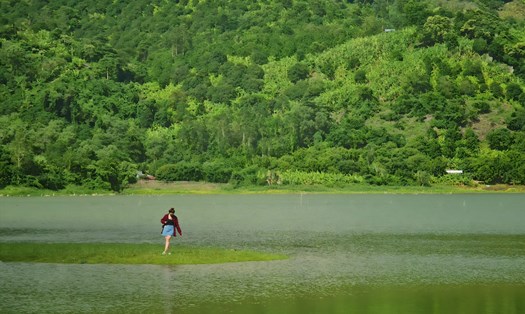That Son "Center"
If That Son (Seven Mountains) is the sacred symbolic name for the semi-mountainous land in An Giang, Tri Ton is considered the center of this name both literally and figuratively.
According to “Geography of An Giang”, the whole province has 8 mountain clusters with 37 independent peaks. The mountains in An Giang originate from Noi Mountain (Phu Son, Tan Chau town), after passing through Chau Doc, Tri Ton, Tinh Bien and ending at Thoai Son. Connecting these points, we have the image of a bow with the string stretched, the tip pointing towards the West Sea. In which, Tri Ton is the tip of the bow.
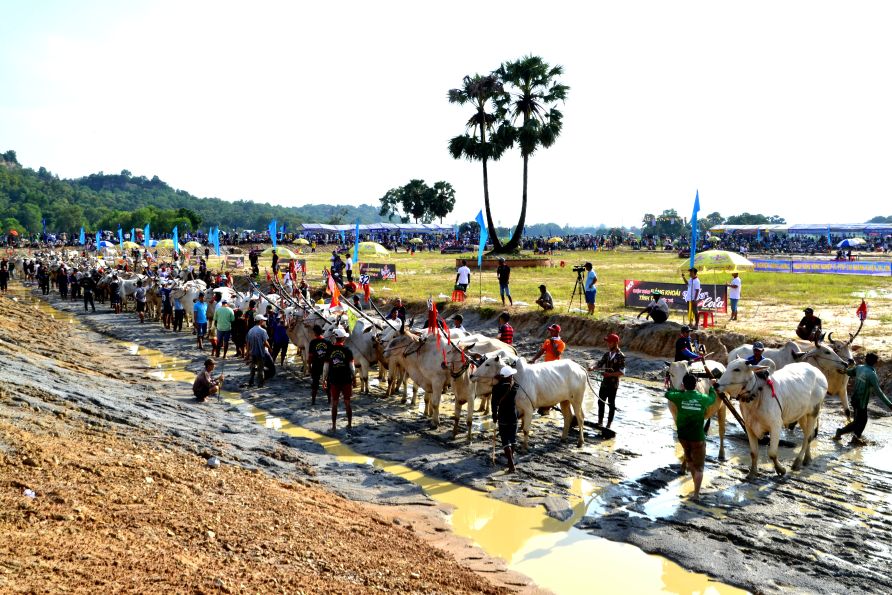
Not only holding the symbolic position of “taking the lead” for the whole land, Tri Ton is also considered the capital of the name That Son. It can be said that That Son is the name that brings honor, but also leaves the most trouble among the concepts of place names in An Giang.
Since the first time the That Son region was officially named in the book "Gia Dinh Thanh Thong Chi" and then "Dai Nam Nhat Thong Chi", the name and number of mountains in An Giang have always fluctuated and received many different opinions.
If "Dai Nam Nhat Thong Chi" recorded That Son as including: Tuong Son, To Son, Cam Son, Oc Nham, Nam Vi, Ta Biet and Nhan Hoa, then later many writers such as: Ho Bieu Chanh (1884-1958), Nguyen Van Hau (1922-1995) believed that That Son included: Tuong Mountain, To Mountain, Cam Mountain, Tra Su Mountain, Ket Mountain, Dai Mountain, Ba Doi Om Mountain.
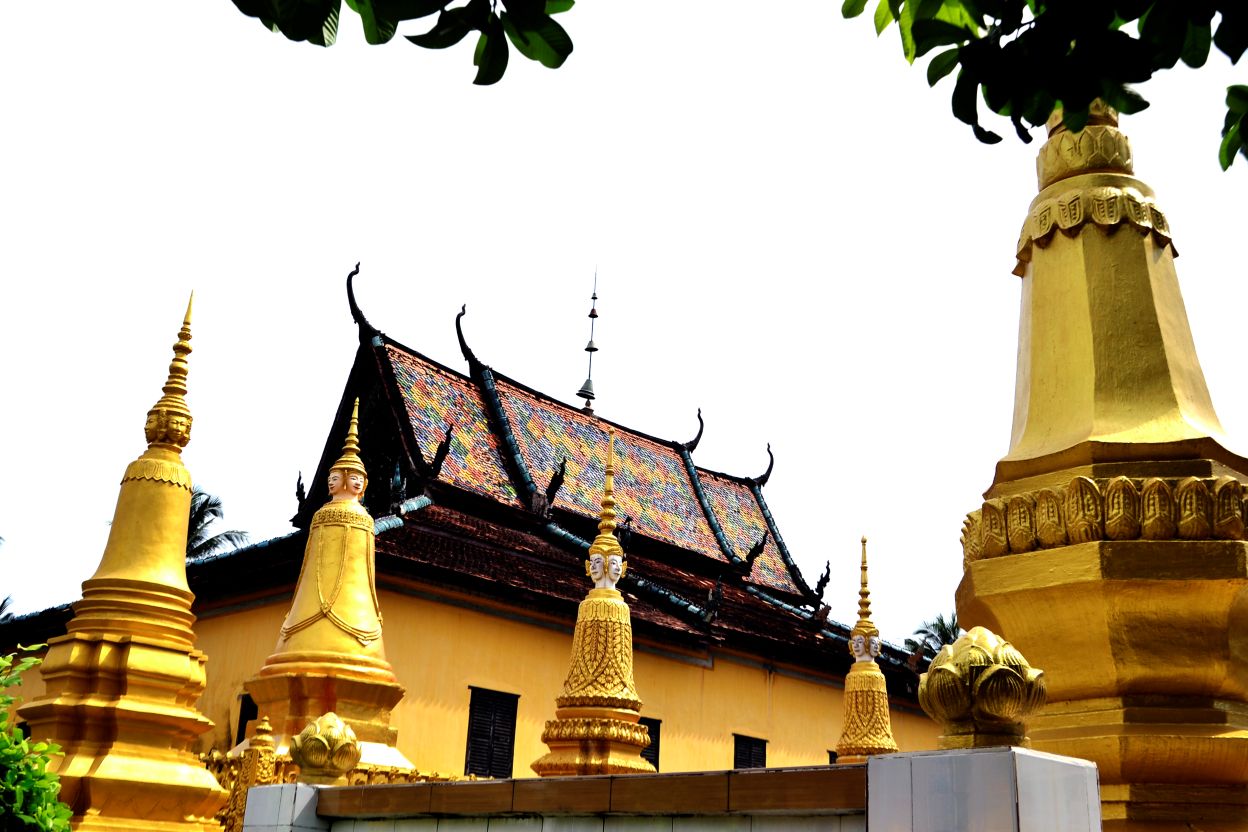
So there are 3 duplicate names and 4 different names. What is quite special is that although opinions are somewhat different, they all have in common that That Son is located in 2 areas of Tri Ton and Tinh Bien.
However, the most popular opinion is that That Son includes: Thien Cam Son (Forbidden Mountain), Ngu Ho Son (Five Wells Mountain), Anh Vu Son (Ket Mountain, also written as Kec), Thuy Dai Son (Water Mountain), Lien Hoa Son (Tuong Mountain), Ngoa Long Son (Long Mountain) and Phung Hoang Son (Co To Mountain, also known as To Mountain).
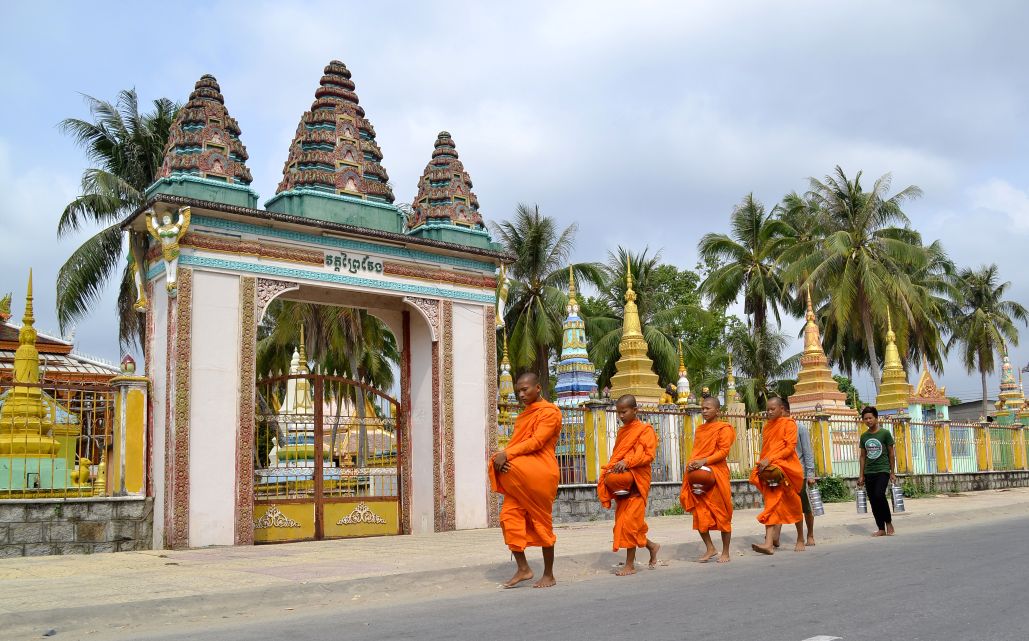
According to this point of view, Tri Ton owns 4 mountains compared to Tinh Bien's 3. The sacred story is pushed to its peak when the whole Tri Ton district only owns 8 mountains. Meanwhile, Tinh Bien has 18 mountains and many mountains have names that are famous in the world, such as: Bach Ho mountain, Ky Lan mountain...
The place where Kinh, Chinese and Khmer cultures intersect
After the mystery that is not easy to fully feel in words of the land possessing many sacred and majestic mountains, the semi-mountainous land of Tri Ton also attracts researchers and travelers... because of its extremely unique cultural exchange.
It can be said that Tri Ton culture is like a funnel that receives and harmonizes the bold and light features of the cultures of three long-standing ethnic groups: Kinh, Hoa and Khmer to create a unique feature that is difficult to find anywhere else: it has its own unique features, but also blends into a unified block.
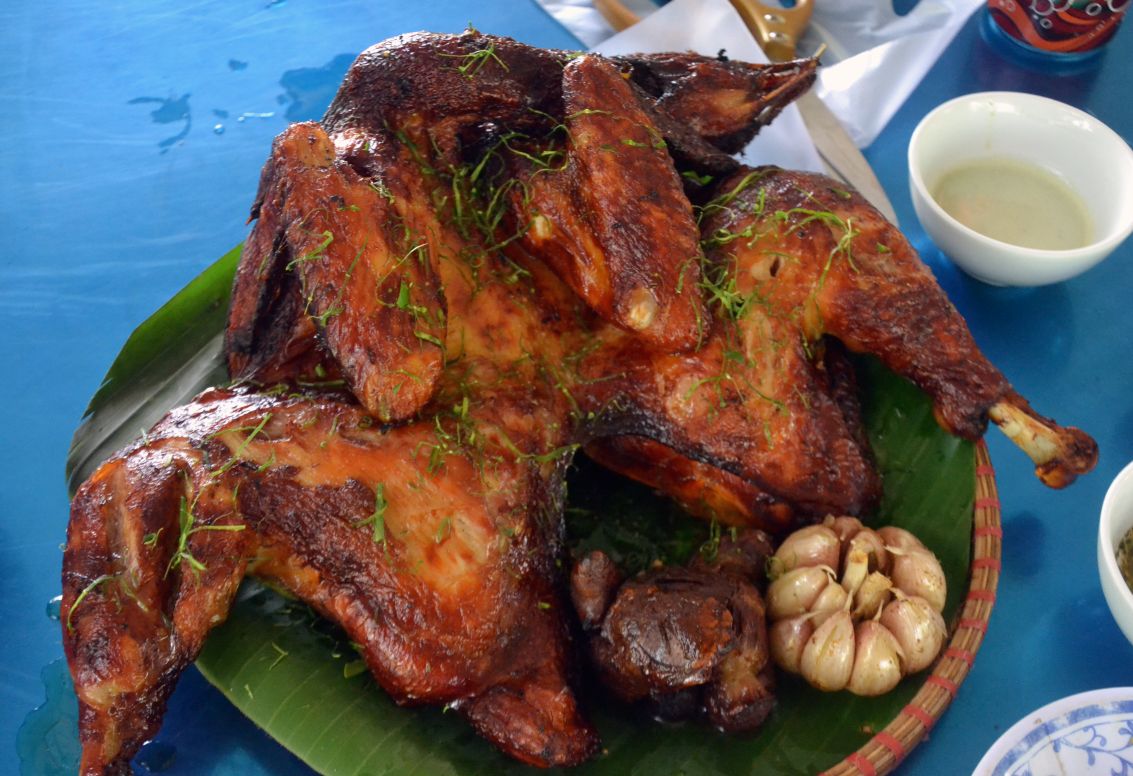
Indeed, when coming to Tri Ton, visitors can easily recognize the presence of deep palm forests on the white sand fields stretching as far as the eye can see. Some people say that the palm tree is considered a symbol of the Khmer people in the South, like the coconut tree is for the Kinh people. But the palm tree in Tri Ton is also a historical witness to the continuity of the intermingling of ethnic groups. Moreover, the palm leaves in the shape of giant fans all year round protect and cool the temple roofs with the unique architecture of the ethnic group that worships Theravada Buddhism.
This is not only a place for spiritual activities of the community, but also a space for humane festivals that just hearing about them makes millions of kind hearts flutter: filial piety ceremonies, flower offerings, robe offerings... And it is also from these temples that a unique cultural activity was born: Bull racing.
Starting as a voluntary activity of Buddhists bringing the best pair of oxen in the village to support the pagoda in plowing the fields and planting rice... gradually formed bull racing with unique but also extremely humane competitions, attracting enthusiastic participation and cheering from the Kinh and Chinese communities inside and outside the province.
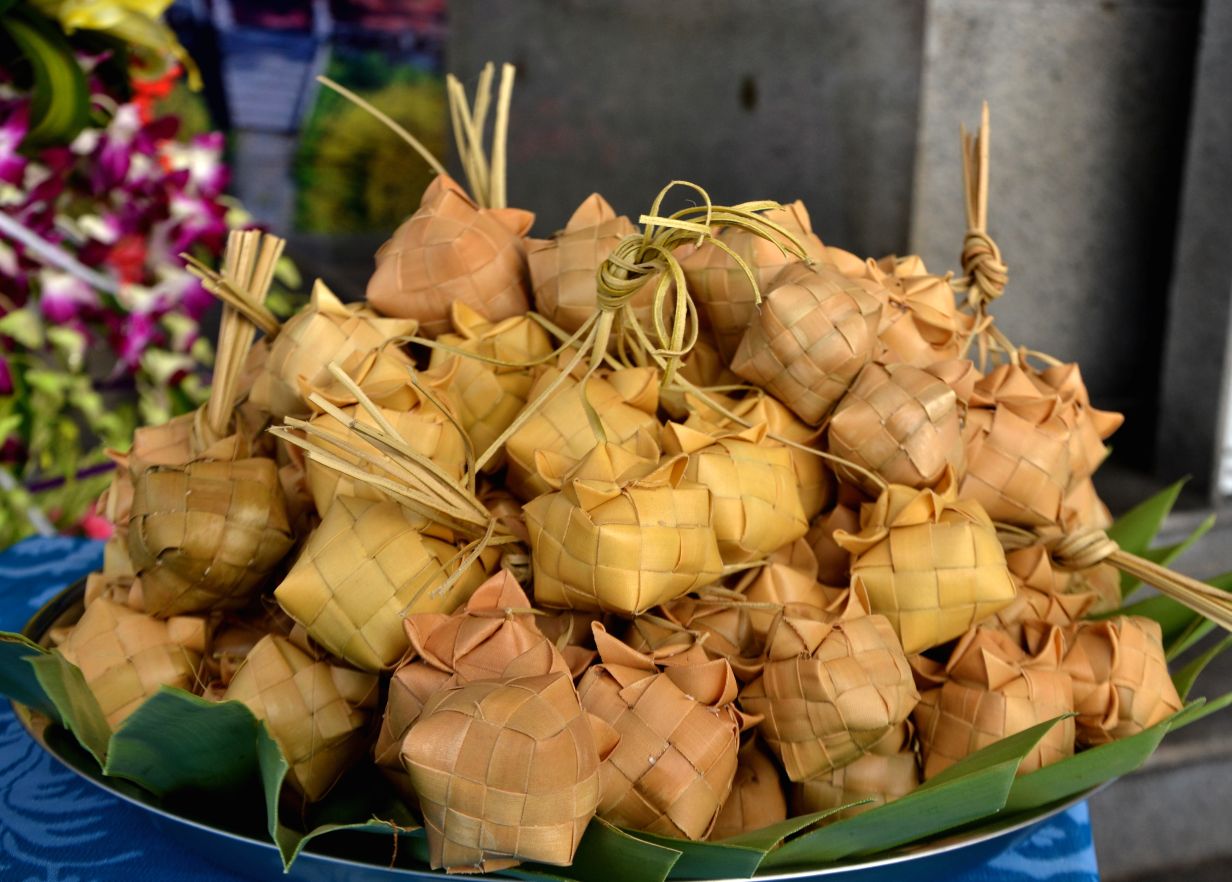
Each pair of oxen, guided by the cham-nik, pulls the wooden harrow across the flooded fields, creating clusters of water flowers that are splendid under the sunlight. The winning pair of oxen will be awarded a garland by the pagoda and will be hailed by the people of the village and hamlet as a source of common pride.
Coming to Tri Ton, visitors cannot distinguish between Kinh, Chinese or Khmer communities. Because many things have blended and intermingled for many generations and become the memories of many generations of communities. Those influences are not only present in the stilt houses hidden by the canal, the moss-covered tiled houses nestled along tree-lined streets... but also in the unique dishes.
This Tet, if you have the opportunity to visit Ba Chua Xu Nui Sam, please stop by Tri Ton to experience the legendary names. Then surely everyone will not only love the legendary land more, but also appreciate the efforts of our ancestors who worked hard to reclaim and develop this semi-mountainous land on the border...



